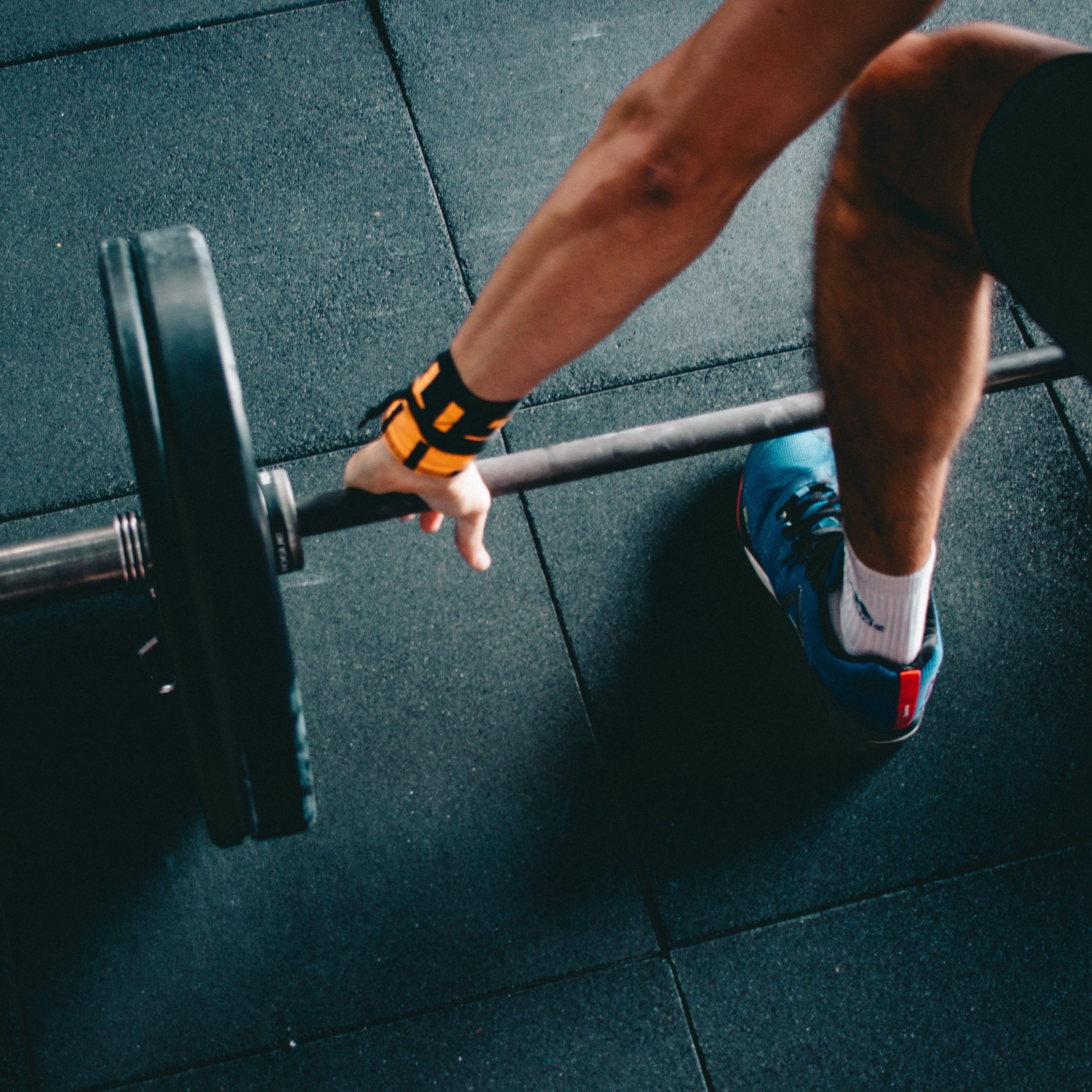How footwear affects feet when we exercise

Exercise encompasses a lot of different activities which can range from outdoor sports to indoor gym workouts. Different kinds of workouts and exercises require different equipment; whether it be weights in a gym or simply an outdoor space to run. One of the things that you should always take into consideration is the type of footwear required for the certain activity. This can help prevent injury and can help improve your performance in your chosen sport.
In this blog we will go through a few common exercises and what to look out for when choosing footwear for these types of exercise.
Running is a relatively easy and cost-effective way to increase fitness with very little equipment, however having suitable footwear is key to reducing the chance of injury. When choosing footwear for running it is important to have a cushioned sole to reduce the forces of impact from the ground. It is also important to have a supported structured shoe to hold your foot in place as terrain may not always be consistent.
Court based sports or exercises which require a lot of twisting and turning would benefit from a slightly tougher and rigid shoe with a good deal of ankle support. This helps to increase the speed that you can twist and turn as well as being able to push off from one side to the other. It is very common for ankle injuries to occur in these kinds of sports and having ankle support will reduce that risk.
Weight-lifting and gym exercise shoes are often thought to be flat and have minimal cushioning as this will increase the amount of force through your body into the weights. This is true to a certain extent; if the footwear has too much padding in the sole some of your power goes against the padding which is wasted. However, having a slight heel (no more than 1 inch) would also help to increase your range of motion when doing squatting activities.
Climbing is a form of exercise that has taken off in popularity in the last few years. This has brought into the limelight tight, thin shoes which are thought to give as much grip as possible to the climber. Although this is great for performance, it can also lead to ingrowing toenails and painful corns. When choosing climbing footwear always take this into account and possibly try half a size bigger if you struggle with any of these issues.
Footwear for exercise is very important and can mean the difference between getting injured and not. It is always important to note that although these kinds of footwear would be good for exercise, they may not be suitable for wearing in daily life. For support with any of your foot care and podiatry concerns, call us on 020 8693 6000.



